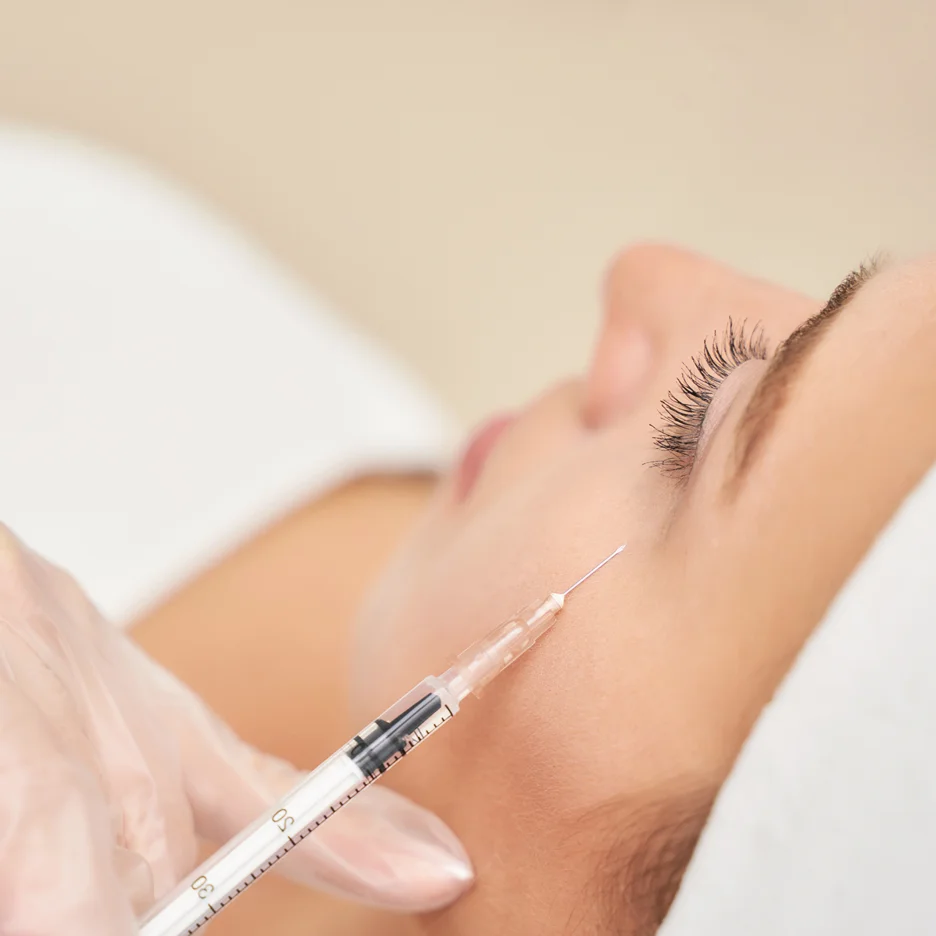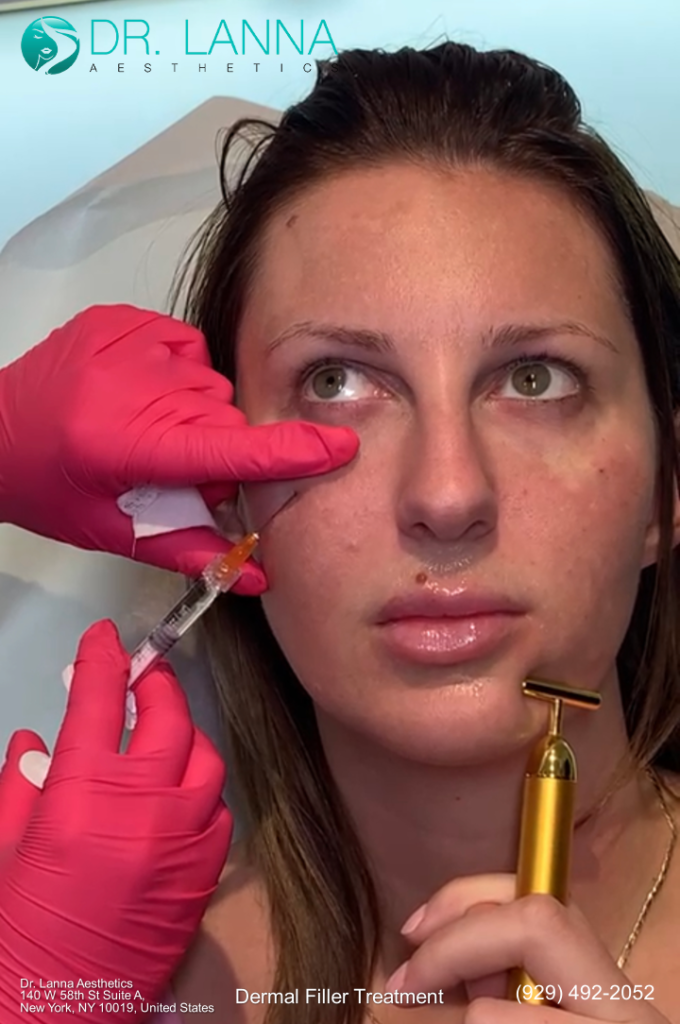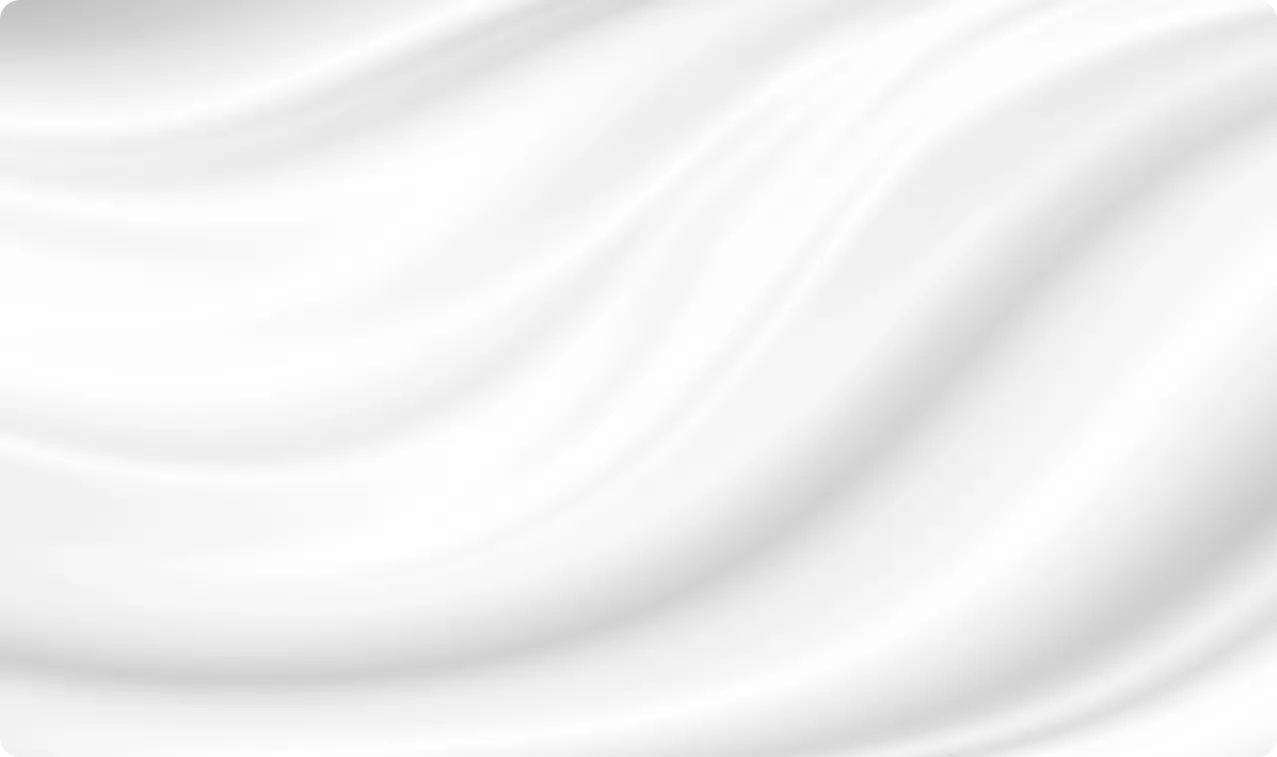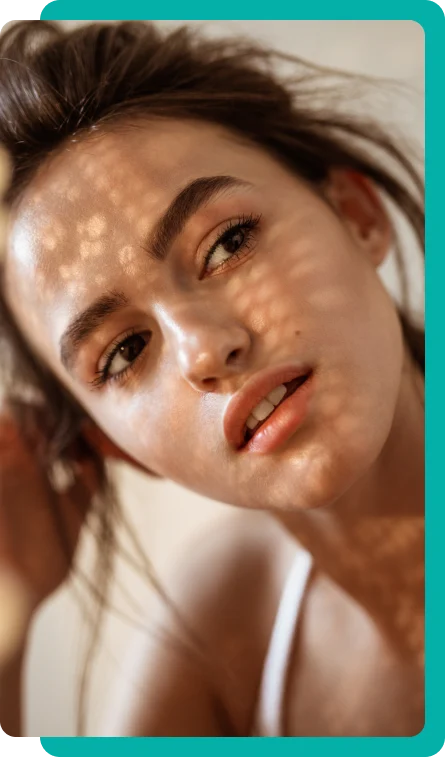Under-eye bags that appear hollow, sunken, and dark are obvious signs of skin aging on the face. The common remedy for tear trough areas is under eye fillers to make the skin look plump and revitalized. However, some dermal fillers that are meant for other treatment areas may produce more favorable results with their filler migration effect.
So are cheek fillers effective for the under eyes? Cheek fillers may be injected in the cheek area, which can affect how the under eyes may look. Getting the services of an expert in facial filler injections is crucial to achieving this effect in using cheek fillers for the tear trough area.
The aging process has increased the demand for dermal fillers. Among the areas of the face, the most common indication of the aging process begins in the eyes, which may appear tired, hollow, and sunken. This is usually experienced by individuals in their mid to late 30s.
There are different kinds of dermal fillers dedicated to the different parts of the face, but there’s also the option to use a certain dermal filler for other facial areas to improve another area of the face. One example is how cheek fillers can be used to lift the eyes.
Cheek fillers do more than simply rejuvenate, support, and lift the midface, it also has acne treatment and filler migration benefits. This means that dermal fillers for the cheeks are effective in eliminating the following as well:
Filler migration is when the effect of dermal fillers migrated to other areas other than what it’s intended for. This happens within a few days following the treatment session as the dermal filler forms a bond with the skin tissues in the face.
Hyaluronic acid fillers such as Juvederm and Restylane are the only dermal fillers that produce this effect because of the tissue-binding properties of this dermal filler substance. Other dermal fillers such as Sculptra and Radiesse among others don’t migrate and it stays wherever it’s intended to.
So cheek filler treatments can be used to smooth out the transition between the cheeks and lower eyelid to reduce the appearance of dark circles, tear troughs, and under-eye bag hollows. Usually, tear trough injections completely correct the under-eye area or tear trough deformity once the lid-cheek junction has been shortened due to volume loss in the lateral and midfaces.
Depending on your aesthetic provider’s recommendation, you can still combine cheek fillers with tear trough filler treatment for optimal results. You can even combine different HA filler products to add more volume and achieve the intended results discussed while creating the treatment plan.
A treatment plan will be created by the aesthetic provider during a consultation with the patient where the factors involved in the treatment, as well as the medical history of the individual, will be thoroughly discussed.
During the treatment session, a nurse will use a cannula to apply the injection in the treatment area in a way that minimizes bruising and swelling. To fill each eye hollow, the product is carefully injected.
There’s a specific level of change expected in cheek filler treatments. These intended changes involve improvements in the midface and cheek area, as well as improvements in the tear trough and eye area.
If your eyes appear squinting or cat-like, that may be an unfavorable result of filler migration due to too much cheek fillers applied. In this case, you may want to consult your aesthetic provider for appropriate remediation of excess dermal fillers applied in the midface.

The common practice when having dermal fillers is to have the kind of dermal fillers applied in its primary intended target area. As such, under-eye filler injections are usually used for under-eye bags, dark circles, tear trough, and eye areas.
However, the maximum effectiveness of the eye fillers applied wouldn’t be evident when there’s no cheek support. The under eyes will simply appear puffier, and the cheeks flat. This is why cheek fillers are recommended to improve the under-eye. Cheek fillers may be used solely or simultaneously with under-eye filler treatment to produce the best natural-looking results.
There are different kinds of HA fillers that can be used in the cheeks to improve the under-eye area. The following factors are considered when identifying the right dermal filler to be used in the cheek filler treatment procedure for the under eyes:
The kind of dermal filler used is identified by the aesthetic provider during the creation of the treatment plan. The kinds of cheek fillers that can be used for the undereye bags are:
It’s important to consult with an aesthetic provider when thinking about having the procedure. There are cases when dermal filler treatments aren’t sufficient to treat tear troughs that are in severe stages.
In these cases, cosmetic surgery performed by plastic surgeons may be the best way to improve the treatment area. Otherwise, it will result in an unfavorable effect of having an overfilled face without any improvement on skin laxity.
Cheek filler migration effects on the under eyes are expected to last at approximately the same period as the lasting effect of the fillers in its intended area of use. This still depends on the kind of HA fillers used. Shown below in the table is the longevity of the results from each cheek filler treatment:
| Hyaluronic Acid Dermal Filler | Longevity |
| Restylane Lyft | 9 months |
| Juvederm Voluma XC | 12 to 24 months |
In case the dermal filler results perish a couple of months earlier than expected, consult your aesthetic provider.
All cosmetic treatments, even tear trough filler and cheek filler treatments have associated risks and side effects, but going to a qualified aesthetic provider can help minimize the likelihood of occurrence of these adverse effects or keep it at a manageable level. The side effects that a patient may experience around the injections site after the dermal filler treatment are:
It takes up to 2 weeks for the treatment site to recover, and for the cheek filler injections to fully settle. Depending on a patient’s recovery rate, it may even take up to a month to fully recover. If there are no visible improvements to the condition of the side effects beyond the month following the treatment session, consult with your aesthetic provider for appropriate solutions.
In general, dermal filler treatments are in-office procedures, but first, consultation sessions are required for the successful creation of a suitable treatment plan. A review of the medical history and aesthetic needs of a patient is done to evaluate their eligibility for this treatment option.
During this consultation, the location of the injection site is planned, and the following are discussed with the patient:
It’s best to diligently follow the instructions before treatment to further minimize the risk of adverse effects. Some important pre-treatment instructions for the maximum effectiveness of cheek filler treatment sessions may include the following:
Cheek fillers are temporary, but following post-treatment instructions following the dermal filler treatment session can enhance the lasting effect of the tear trough filler treatment. In addition, these aftercare instructions can also speed up the recovery time. So take note of the following instructions after the cheek filler treatment session:

Filler migration doesn’t have to be a negative adverse effect of dermal filler treatments, especially if performed by an expert injector who has sufficient knowledge on a patient’s current facial anatomy. With that, cheek filler treatment wouldn’t just be resulting in cheek support, but it would also have enhancing benefits for the under-eye area.
Only seek the services of an expert in under-eye filler, cheek filler treatments, and even filler injection treatments for a brow lift. Thousands of patients have gained the look of their dreams with Dr. Lanna's master injector services in New York City. Dr. Lanna Aesthetics also offers laser hair removal and other facial filler services for frown line correction.
Schedule your consultation with Dr. Lanna Aesthetics today to achieve your beauty goals.

New Patients Enjoy $100 OFF on Tox or Filler Appointments!
*minimum 1 full syringe or minimum 25 units; Cannot be combined
